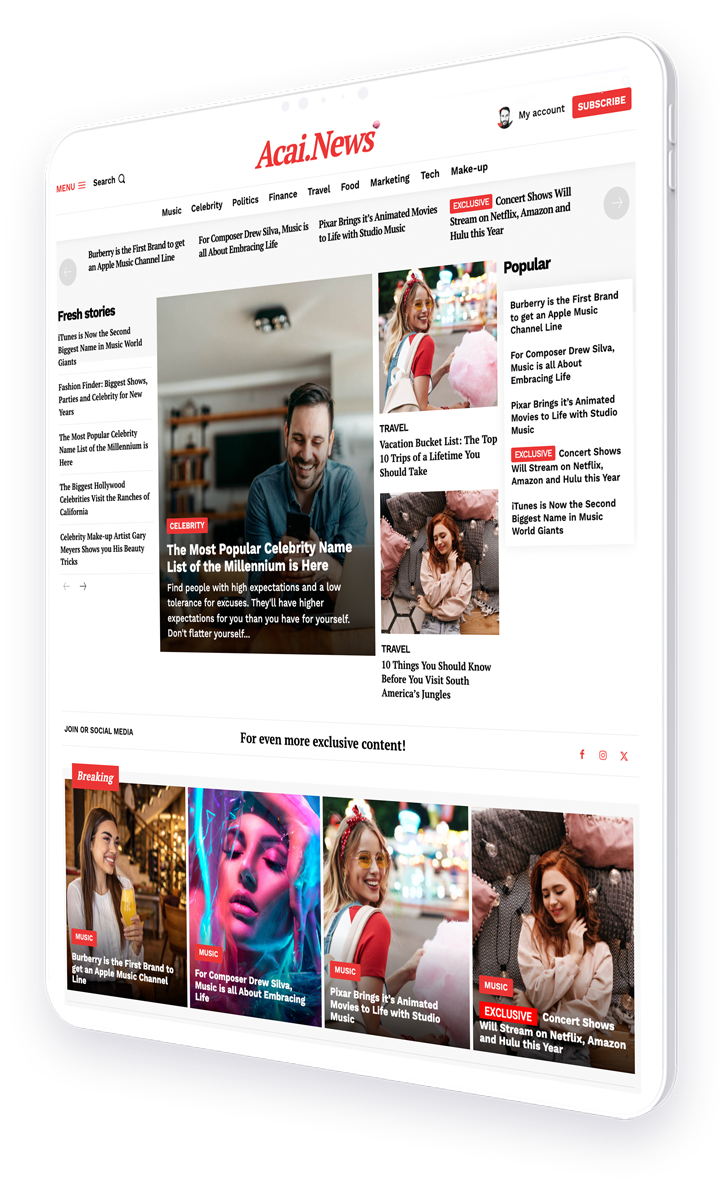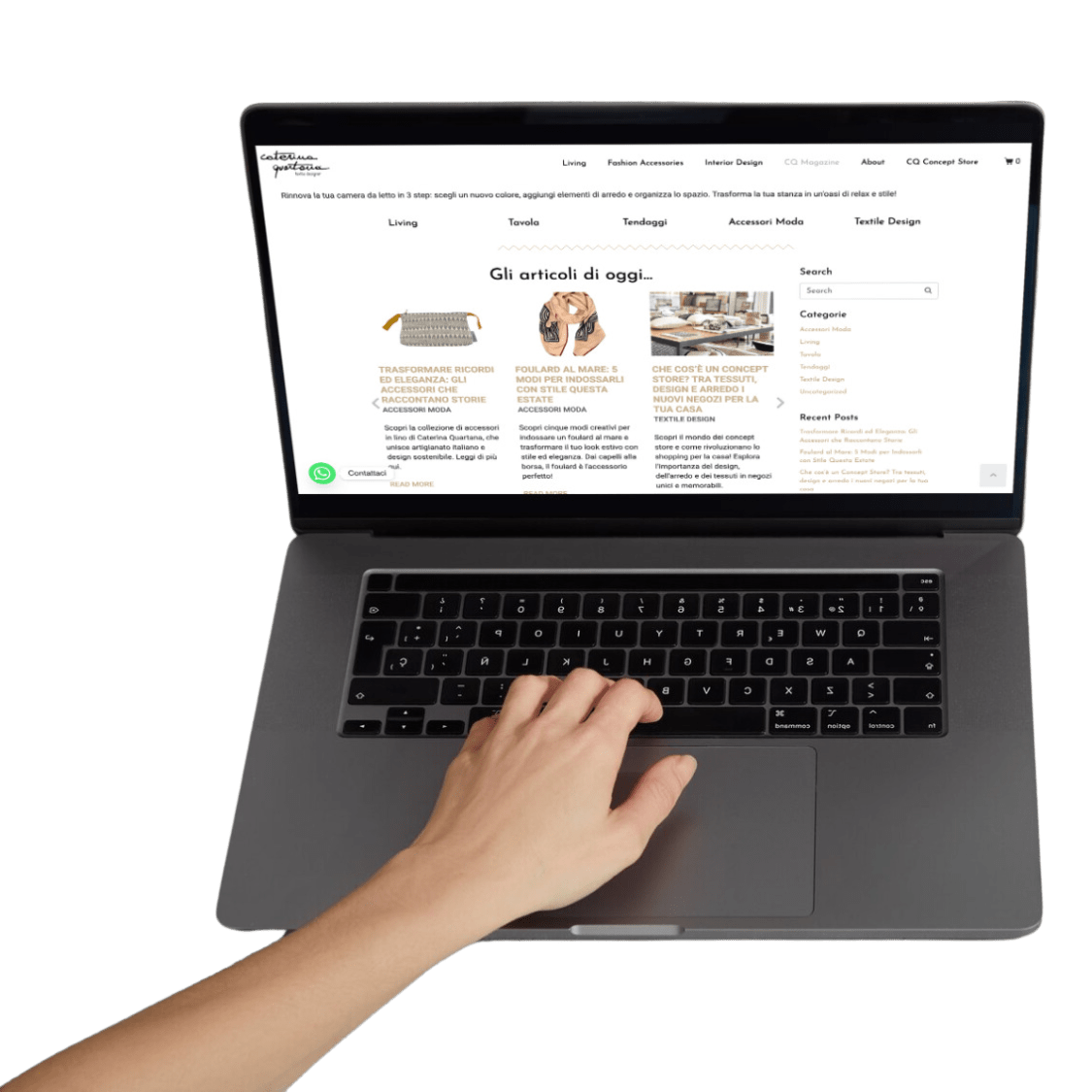How to offer modular editions aligned with prospect lifecycle stages
Understanding the evolving landscape of content consumption and marketing strategies is crucial for businesses aiming to enhance customer engagement and conversion rates. This article delves into the innovative approach of Inbound Content as a Service (ICaaS), focusing on how businesses can package magazine issues to align perfectly with specific buyer journey stages. By offering modular editions, companies can significantly boost their marketing effectiveness, ensuring that the right content reaches the right audience at the right time.
- Understanding Inbound Content as a Service
- The Importance of Aligning Content with Buyer Journeys
- Creating Modular Content for Different Stages
- Case Studies
- Implementing a Modular Content Strategy
- Conclusion
Understanding Inbound Content as a Service
Inbound Content as a Service (ICaaS) is a model where content is created with the intent of attracting, engaging, and delighting individuals to grow a business that provides value and builds trust. The concept of ICaaS is rooted in inbound marketing principles, which focus on creating marketing that people love by providing helpful content that aligns with their needs and interests rather than interrupting their day.
The Importance of Aligning Content with Buyer Journeys
Each stage of the buyer’s journey—awareness, consideration, and decision—requires different types of content to guide the decision-making process. By aligning content specifically with these stages, businesses can deliver more relevant and impactful messages that encourage further engagement and, ultimately, conversions.
Creating Modular Content for Different Stages
Modular content refers to content pieces designed to be easily reconfigurable to suit different purposes, platforms, and stages of the buyer’s journey. This flexibility allows businesses to tailor their content offerings without having to start from scratch each time.
- Awareness Stage: Content that educates and informs the audience about a problem or need they may be experiencing.
- Consideration Stage: Content that helps prospects compare different solutions and providers.
- Decision Stage: Content that assists in the decision-making process with specifics on product features, benefits, and comparisons.
Case Studies
Several leading companies have successfully implemented ICaaS by tailoring their content to different buyer journey stages. For example, a well-known technology magazine created modular editions that targeted different segments of their audience, resulting in a 30% increase in subscription rates and a 50% increase in engagement on their digital platforms.
Implementing a Modular Content Strategy
To effectively implement a modular content strategy, businesses should follow these steps:
- Identify the different stages of your buyer’s journey.
- Create a content matrix that aligns topics with the buyer’s journey stages.
- Develop modular content that can be customized for different platforms and purposes.
- Continuously analyze performance and optimize content based on insights.
Conclusion
By aligning magazine content with specific stages of the buyer’s journey, businesses can not only increase the relevance and effectiveness of their marketing efforts but also build stronger relationships with their audience. Implementing Inbound Content as a Service through modular editions allows for greater flexibility and responsiveness in content strategy, which is essential in today’s fast-paced market environment.
For more detailed insights on ICaaS, visit HubSpot’s Inbound Marketing Guide.




